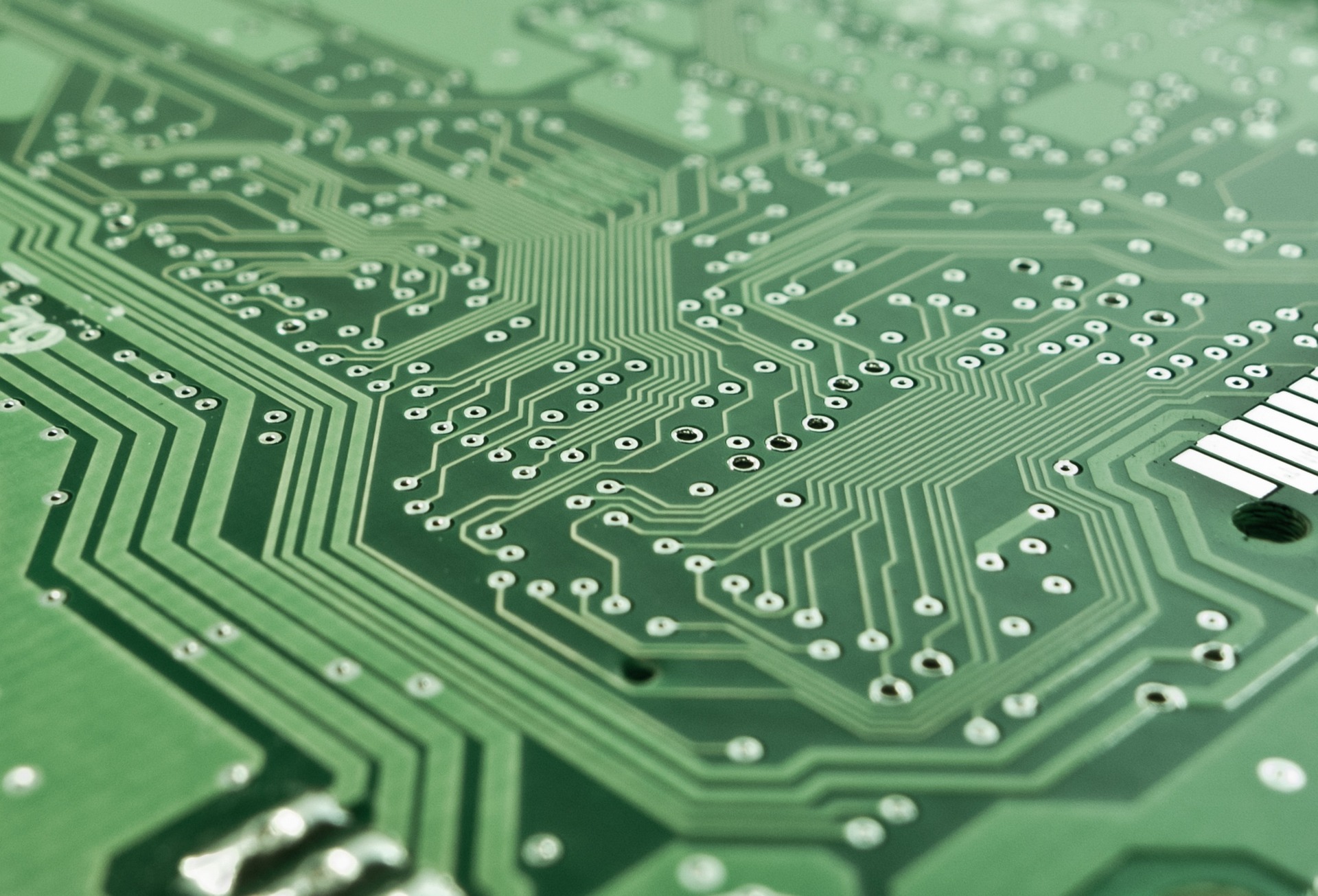"The Dawn of Holography: Transforming the Future of Tech"
Introduction: The world of technology has been rapidly evolving, offering groundbreaking solutions that were once considered a distant dream. One such technological marvel that has recently gained traction is holography. But what exactly is holography, how does it work, and what potential does it hold for the future? Let's delve deeper into the realm of holography and its implications in the tech field.

A Glimpse into the Past: The Birth of Holography
Holography was a concept born out of the mind of a Hungarian-British physicist, Dennis Gabor, in the late 1940s. Initially, it was a method to improve electron microscopes. The invention of the laser in the 1960s, however, was a game-changer for this technology, as it provided the coherent light source necessary for creating a hologram. Since then, holography has evolved dramatically, finding its place in multiple industries and applications.
The Mechanics of Holography: How Does it Work?
Unlike traditional photography that captures a two-dimensional image, holography records the light scattered from an object and presents it in three dimensions. This is achieved through a complex process involving the interference and diffraction of light waves, creating a fully three-dimensional holographic image that can be viewed from different angles.
Holography in Today’s World: Current Applications
Today, holography is being used in a variety of fields, from art and advertising to data storage and security. For instance, holograms are frequently used on credit cards and banknotes for anti-counterfeiting measures. In the entertainment industry, deceased musicians have been ‘resurrected’ on stage through holography, providing a surreal experience for audiences.
The Price of Progress: Estimating the Market Impact
As of now, the global holography market is valued at approximately $2.5 billion, but it’s expected to grow exponentially. Predicted to reach nearly $10.5 billion by 2026, this growth is primarily driven by increasing applications in medical imaging, retail, and advertising. However, the high cost of holography technology and the need for advanced hardware could act as restraining factors.
A Look into the Future: Prospective Developments
The potential applications of holography in the future are limitless. From holographic televisions and mobile phones to advanced medical imaging and data storage, the horizon looks promising. Moreover, the possibility of integrating holography with existing technologies like AR and VR could further revolutionize the tech industry.
In conclusion, holography is an intriguing technology that holds immense potential. As it continues to evolve and mature, we can expect it to become an integral part of our daily lives, transforming the way we interact with technology. The dawn of holography is here, and it is set to redefine the future of tech. One thing is clear: the world of tech will never be the same again.




